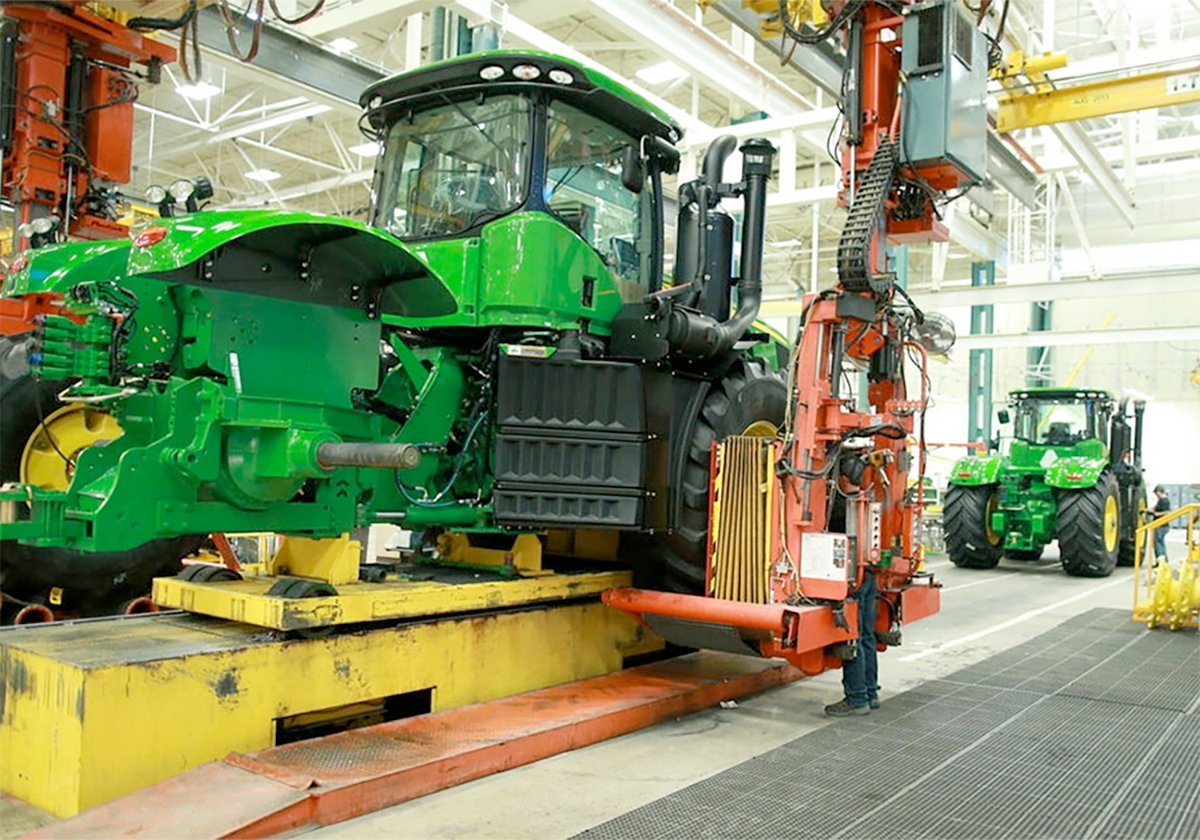I see cows.
When travelling, my eye locks on cattle in fields, cattle in feedlots and cattle anywhere else they happen to be. I try to identify the breed, take a rough head count and look at what they’re doing, what they’re eating, whether they look healthy and what direction they’re going or facing.
This is a habit shared with everyone else who is interested in cattle.
When I visited two European cities earlier this summer, I didn’t expect to see cattle, even though I did take the internal bovine binoculars along. Much to my surprise, there were cows in both London and Paris.
Read Also

Trump’s trade policies take their toll on Canadian producers
U.S. trade policy as dictated by president Donald Trump is hurting Canadian farmers in a multitude of ways.
In the City of Lights, cattle are prominently and beautifully rendered in carvings on the Arc de Triomphe.
But the cattle in London were a bigger surprise, because I found heifers hanging out in the famed Parthenon Marbles.
These marble sculptures and friezes, circa 440 BC, are also known as the Elgin Marbles, and there’s a controversy over whether Britain should return them to Greece and to the Parthenon from whence they came.
The Brits say they got the marbles legally, in the early 1800s, having purchased them from Lord Elgin, British ambassador to the Ottoman Empire, to which Greece belonged at the time.
Elgin obtained the sculptures, many of them badly damaged from the 1687 explosion in the Parthenon, and protected them from further weathering and vandalism. The British Museum has since offered them for display, free of charge, to the millions of people who visit.
The Greeks say the marbles belong in the land of their creation, having been part of the Parthenon, built nearly 2,500 years ago, and are integral to the country’s history and culture. They’re working on a swanky new Acropolis Museum where they want to display the marbles.
But never mind that cultural stuff. We’re talking about cattle.
The heifers are part of the slab or frieze carvings that depict an ancient Greek ceremony. In all cases the cattle are being led by people and at least one of them is acting unruly. Whether this is because it is being led to sacrificial slaughter or whether it is just the nature of the beast is a topic for scholarly conjecture.
But unlike most of the people featured in the marbles, all the cattle still have their heads. The people statues are mostly headless due to damage and theft.
I suppose if cattle folk had been doing the thieving, the cows would be headless too.
There you have it. Cattle can be seen where you least expect them. Even at the top of this column, which shows one of the famous marbles.














